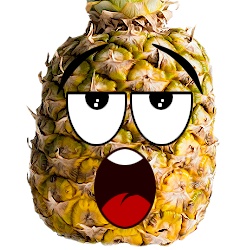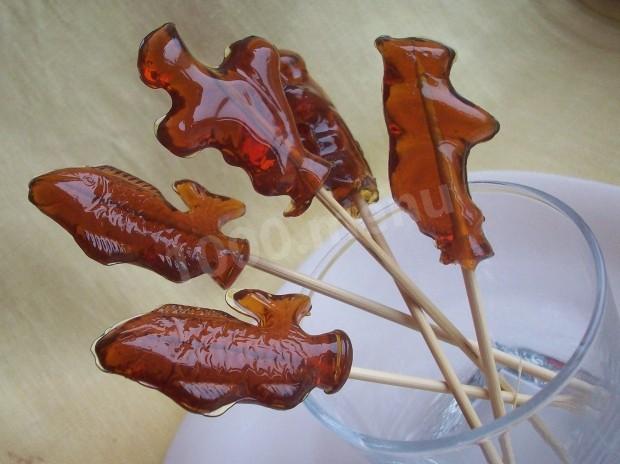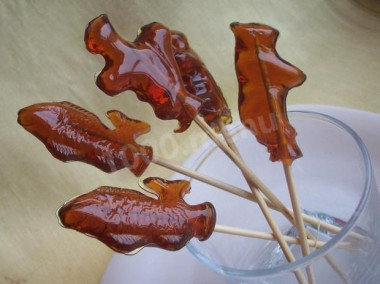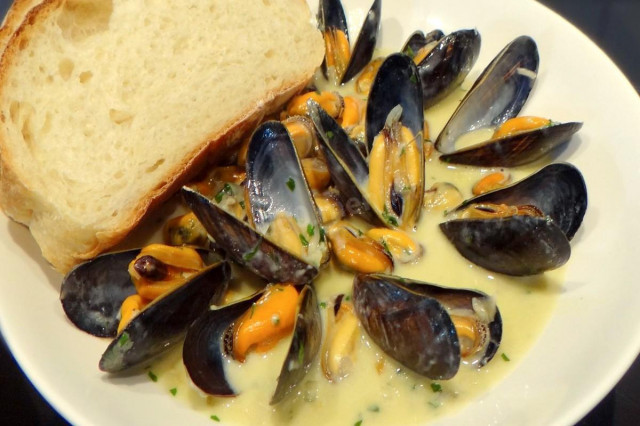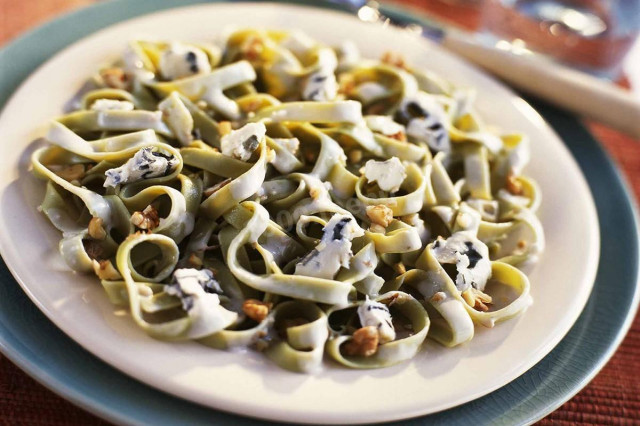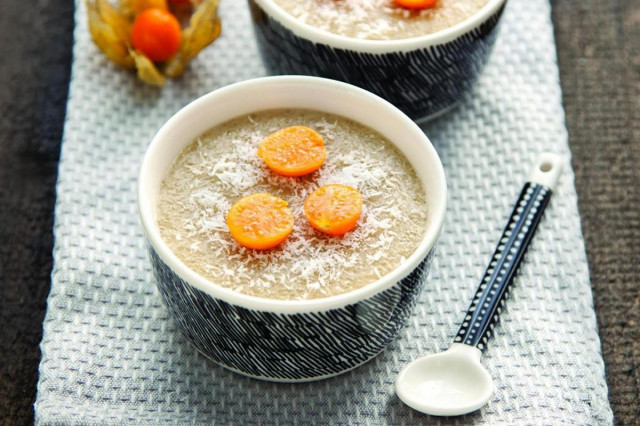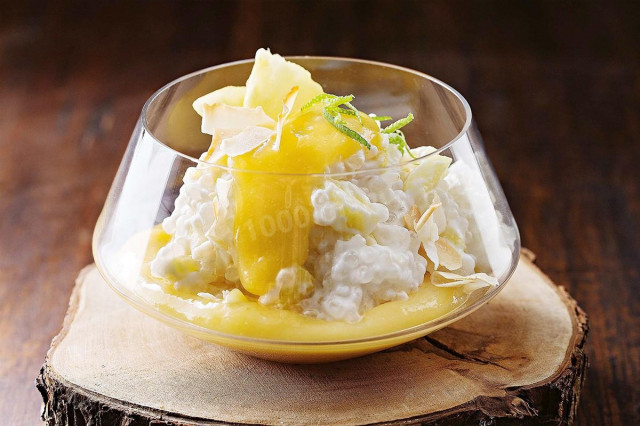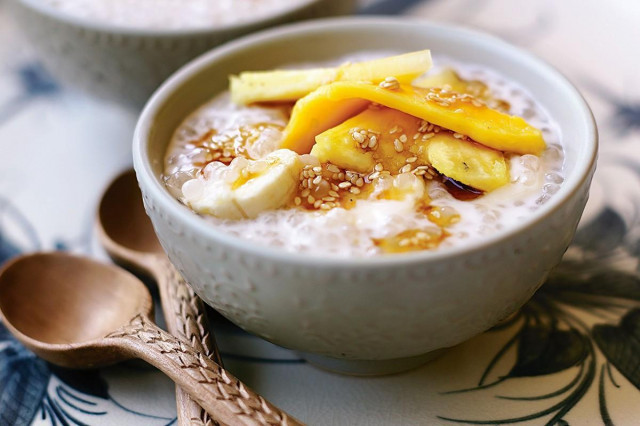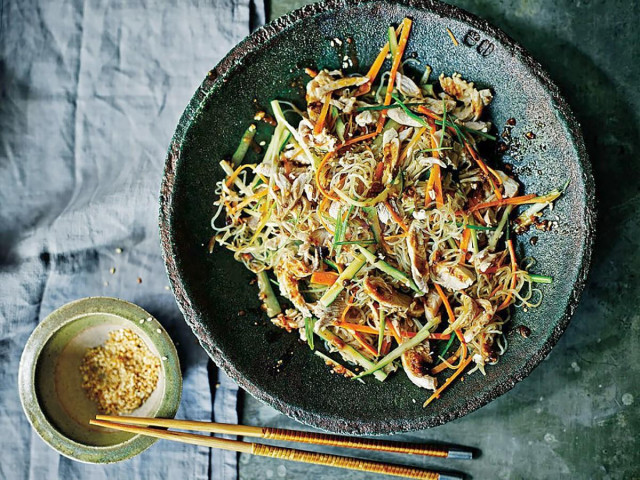Composition / ingredients
Step-by-step cooking
Step 1:
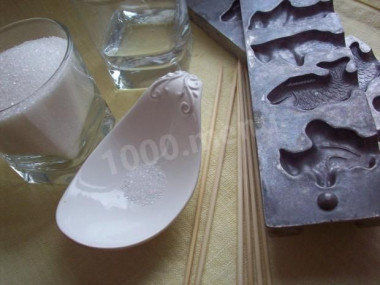
This number of products is designed for one approach, taking into account the available form for lollipops like mine. Water on average needs 4 times less than sugar. Acid can not be added, but it gives a slightly noticeable sourness. So, fill the granulated sugar with water. Add citric acid.
Step 2:
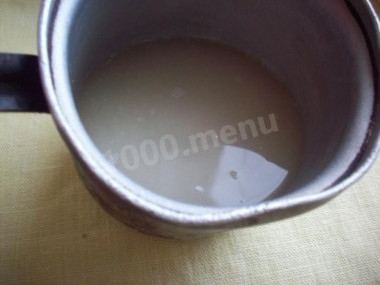
Put on a small fire and cook, stirring, until you get a caramel color.
Step 3:
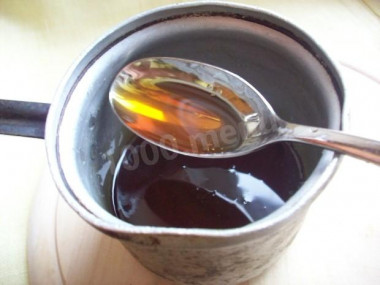
Lightly lubricate the mold with vegetable oil and pour the syrup there. After a couple of seconds, insert the sticks into the future lollipops and leave to cool, which will take about half an hour.
Step 4:
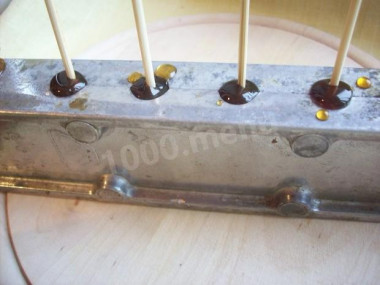
Open the form and take out the "cockerels".
Step 5:
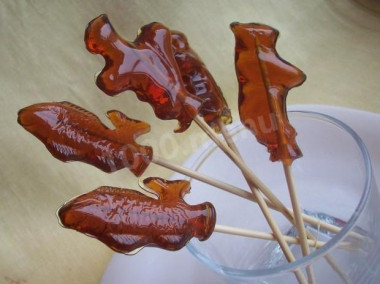
As you can see, it's not difficult to cook lollipops at home. And if you don't have a mold, it doesn't matter, lollipops can be made on a plate – just pour the syrup on a plate greased with vegetable oil, and then with a knife (after cooling) split into pieces. By the way, slightly overcooked homemade lollipops perfectly help to get rid of cough.
Usually such a delicacy is called a cockerel, but it can look like a fish, a bunny, a squirrel, etc. If you still have the old Soviet molds for making sweets, that's great. With their help, it will be possible to cook 6 lollipops at the same time. If not, buy blanks in a hardware store, use silicone molds for cookies or chocolate, stencils for chocolates, ice molds.
Caloric content of the products possible in the composition of the dish
- Granulated sugar - 398 kcal/100g
- Sugar - 398 kcal/100g
- Vegetable oil - 873 kcal/100g
- Citric acid - 0 kcal/100g
- Water - 0 kcal/100g
